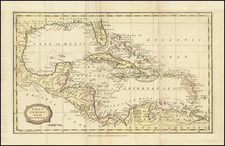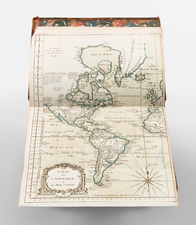Fascinating image depicting the offerings made by the King of Peru and his subjects to Pizzaro's Conquistadors.
In 1513, Pizarro accompanied Vasco Núñez de Balboa in his crossing of the Isthmus of Panama and they became the first Europeans to view the Pacific coast of the New World. The following year, in 1514, Pedro Arias de Avila (Pedrarias) became the newly appointed governor of Castilla de Oro and succeeded Balboa. During the next five years, Pizarro became a close associate of Pedrarias Dávila and the governor assigned him a repartimiento of natives and cattle. When Pedrarias Dávila decided to get rid of Balboa out of distrust, he instructed Pizarro to personally arrest him and bring him to stand trial. Balboa was duly convicted and beheaded in January of 1519. For his loyalty to Pedrarias Dávila, Pizarro was bestowed the important political position of Alcalde and magistrate of the then recently founded Panama City from 1519 to 1523.
In 1524, while still in Panama, Pizarro formed a partnership with a priest, Hernando de Luque, and a soldier, Diego de Almagro, to explore and conquer the South. Pizarro, Almagro, and Luque. While historians agree their accord was strictly verbal (no written document exists to prove otherwise), they are known to have dubbed their enterprise the "Empresa del Levante" and determined that Pizarro would command the expedition, Almagro would provide the military and food supplies, and Luque would be in charge of finances and any additional provisions they might need.
After an unsucessful expedtion, the trio regrouped. In August 1526, after all preparations were ready, Pizarro left Panama with two ships with 160 men and several horses, reaching as far as the Colombian San Juan River.
Theodor de Bry (1528-1598) was a prominent Flemish engraver and publisher best known for his engravings of the New World. Born in Liege, de Bry hailed from the portion of Flanders then controlled by Spain. The de Brys were a family of jewelers and engravers, and young Theodor was trained in those artisanal trades.
As a Lutheran, however, his life and livelihood were threatened when the Spanish Inquisition cracked down on non-Catholics. De Bry was banished and his goods seized in 1570. He fled to Strasbourg, where he studied under the Huguenot engraver Etienne Delaune. He also traveled to Antwerp, London, and Frankfurt, where he settled with his family.
In 1590, de Bry began to publish his Les Grands Voyages, which would eventually stretch to thirty volumes released by de Bry and his two sons. The volumes contained not only important engraved images of the New World, the first many had seen of the geographic novelties, but also several important maps. He also published a collection focused on India Orientalis. Les Grands Voyages was published in German, Latin, French, and English, extending de Bry’s fame and his view of the New World.









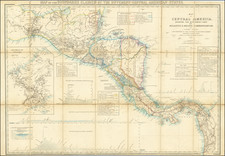
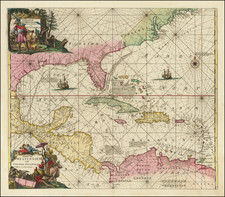
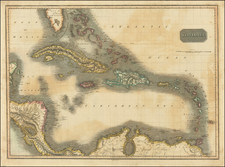
![The West India Islands, and Central America [with] Jamaica](https://storage.googleapis.com/raremaps/img/small/78675.jpg)
